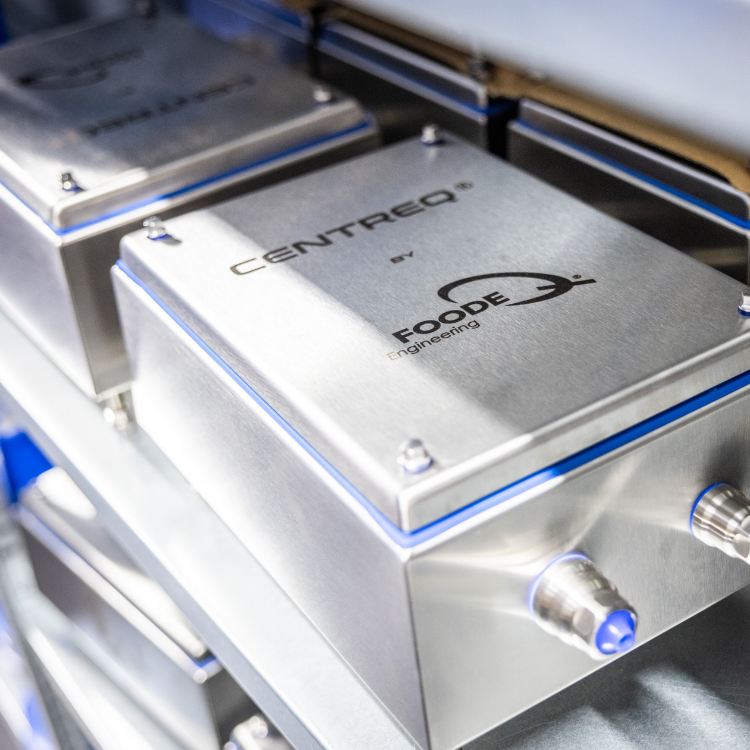
AUTOTUNING OF UNBALANCE VIBRATORY CONVEYORS MAKES LEAF SPRINGS AND VIBRATORY CONVEYORS LAST LONGER
Indirectly driven vibratory conveyors, whereby by means of a leaf spring package the vibration of the motor is transmitted to the vibrating feeder, are used in many different segments. Ideal for food-safe transport, sorting etc.
Maikel van Eekelen is a Mechanical Engineering student at the Avans University of Applied Sciences in Breda and during his last internship at FoodeQ he researched how this type of vibratory conveyor could work longer without failure. Maikel: “The leaf springs of these vibratory conveyors are loaded to such an extent that they are subject to wear during use. As they become weaker, they can throw the vibratory conveyor out of balance. If the vibratory conveyor then continues to work normally, there is an exponential growth in the wear of the other leaf springs as more force is released on them. This eventually causes them all to exceed their maximum load, and that is what you want to prevent. For my research, I constantly had my own vibratory conveyor at my disposal with which I could do anything. What’s more, I had a really good work placement supervisor and all the colleagues here were always willing to help and advise me, so I could really let my hair down here.”
Maikel investigated how and when the wear was caused and how it could be prevented. Based on all the findings and measurement data, a proprietary FoodeQ sensor was developed in collaboration with a third party. “Very simply, it comes down to this sensor measuring what exactly is happening and ensuring that, when imbalance occurs, the vibratoy conveyor starts to vibrate again in balance and/or gives a signal that service is required.” Through autotuning, excessive wear of the leaf springs can be prevented. How does that work exactly? In future unbalanced vibratory conveyors that you buy at FoodeQ, we build in this technique, so you will experience it and our sales team will gladly inform you about the advantages and possibilities.

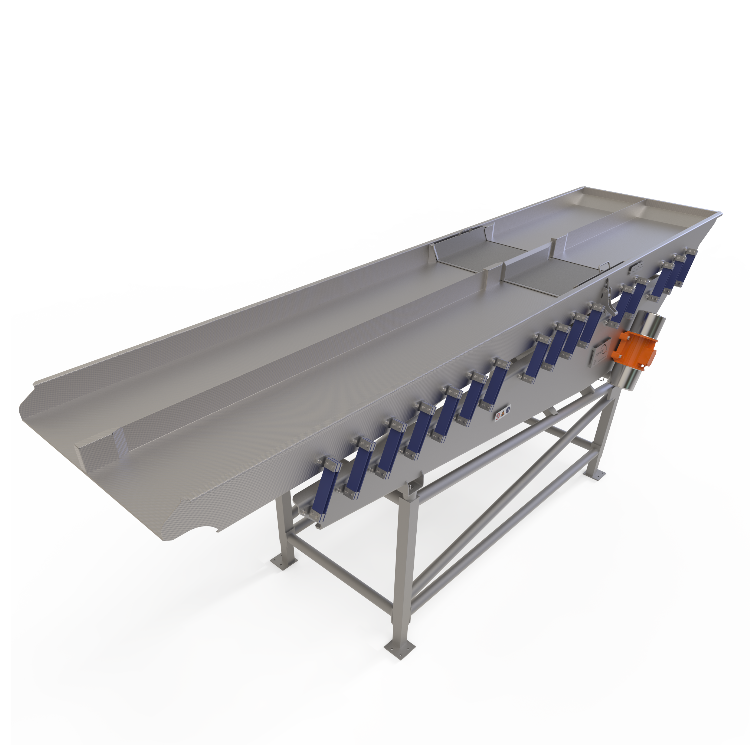
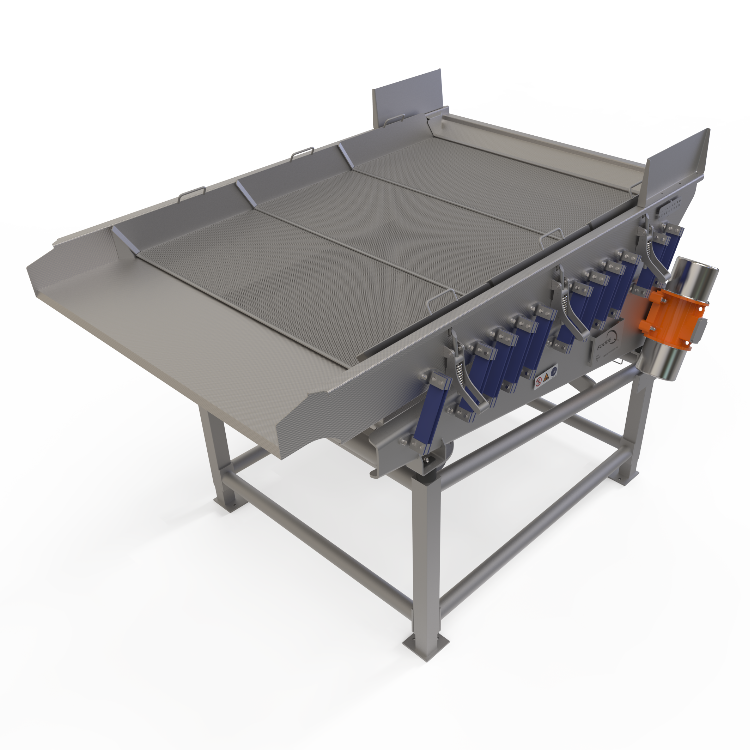
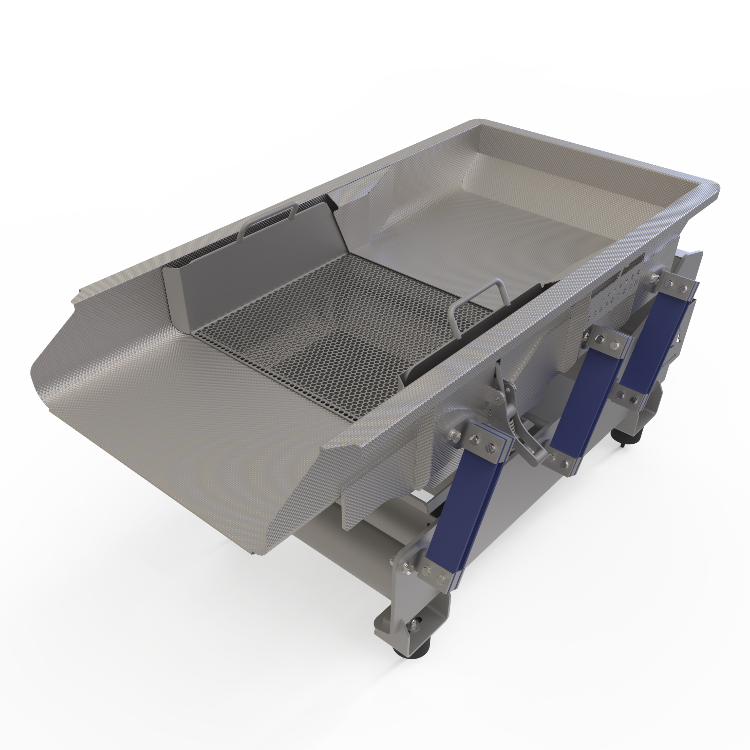
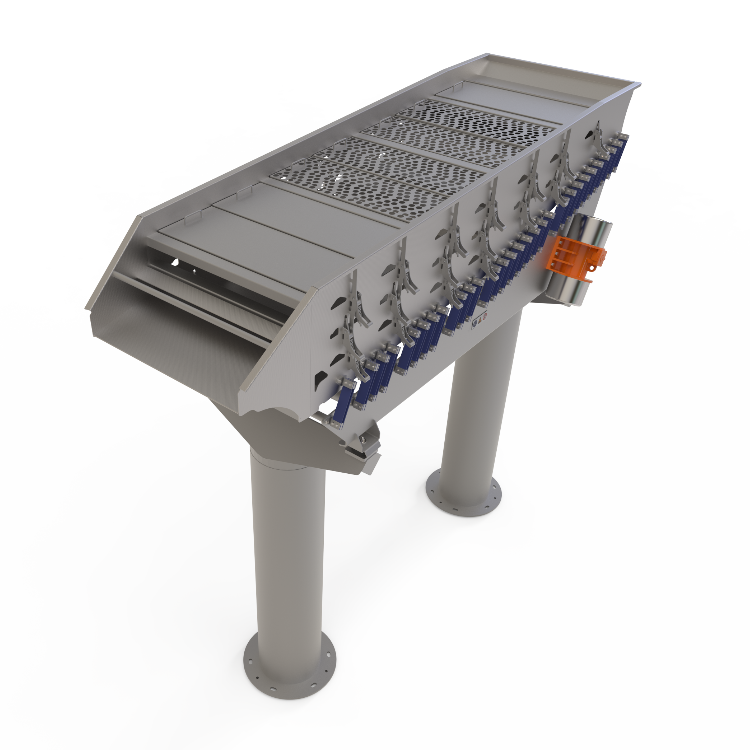

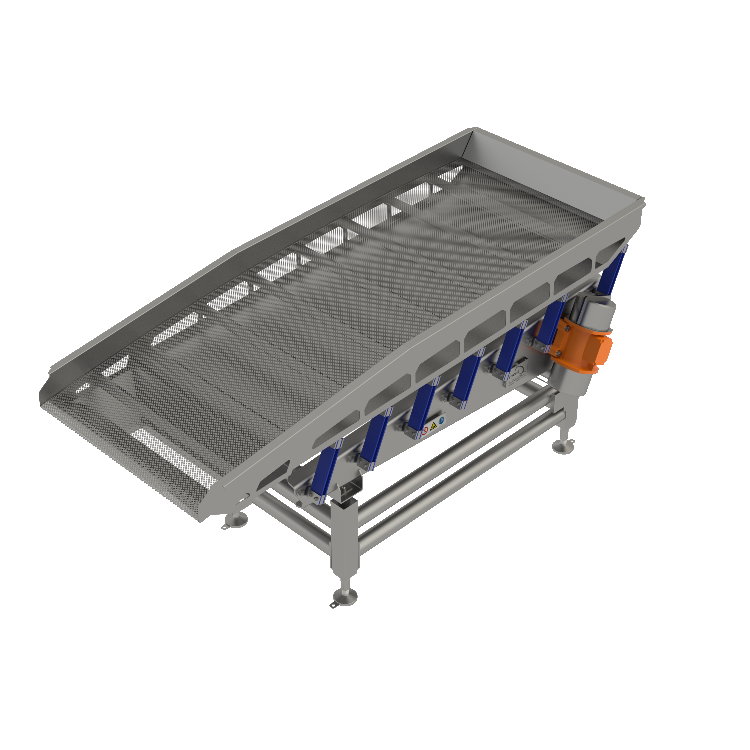
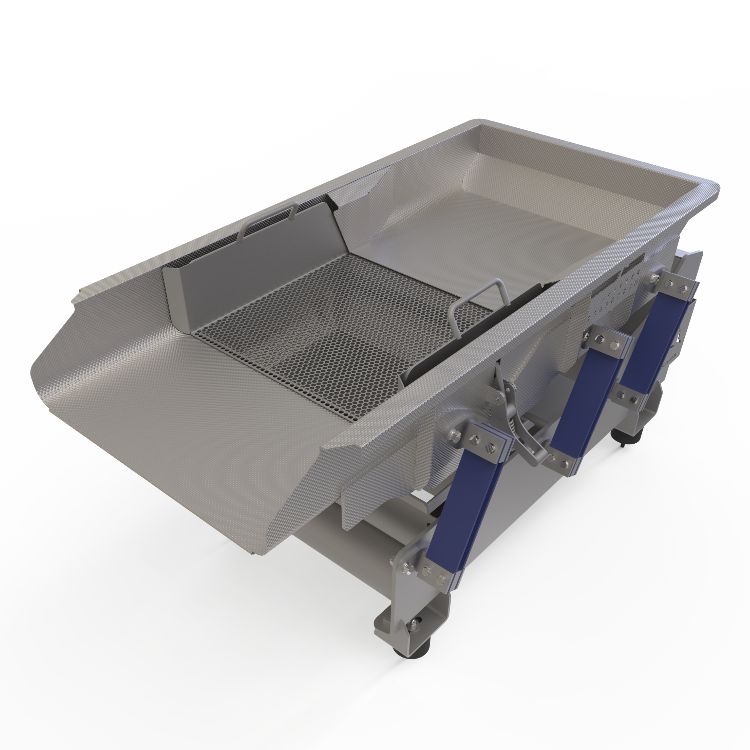
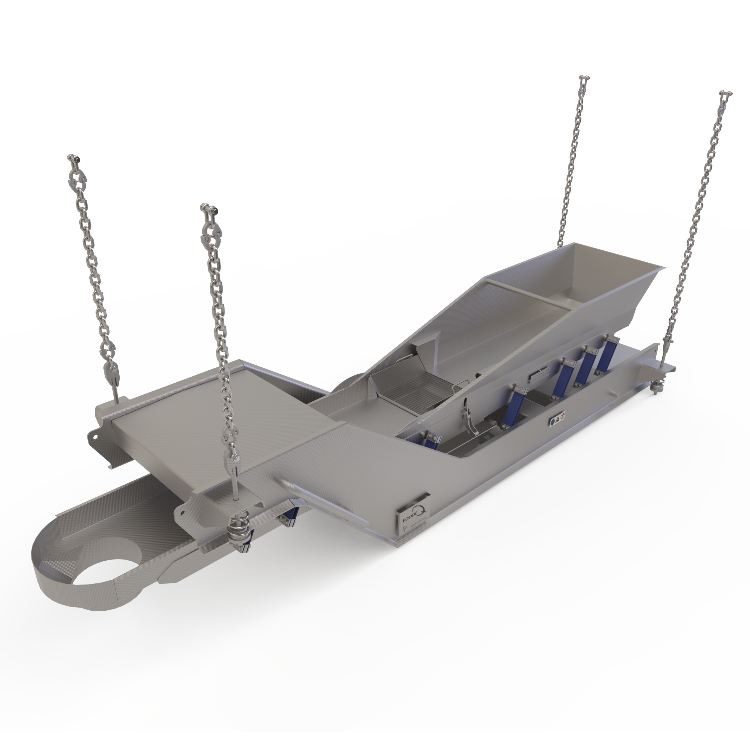
 EN
EN

 nl
nl  de
de 


